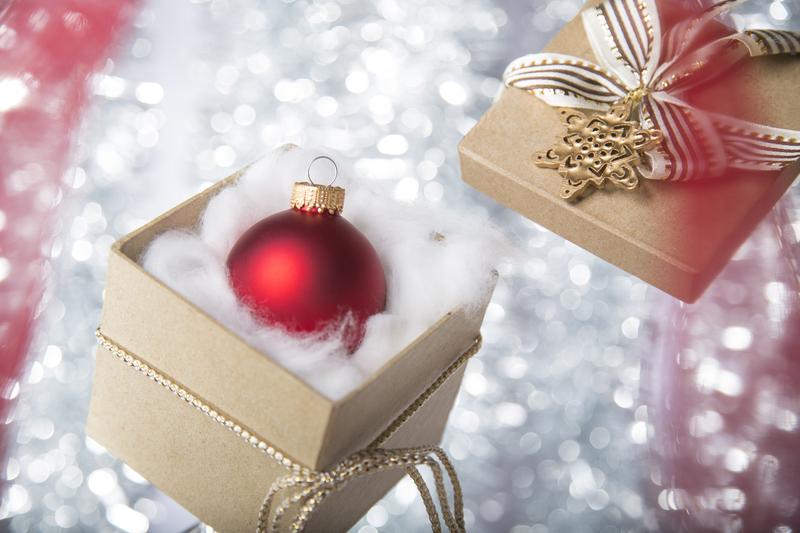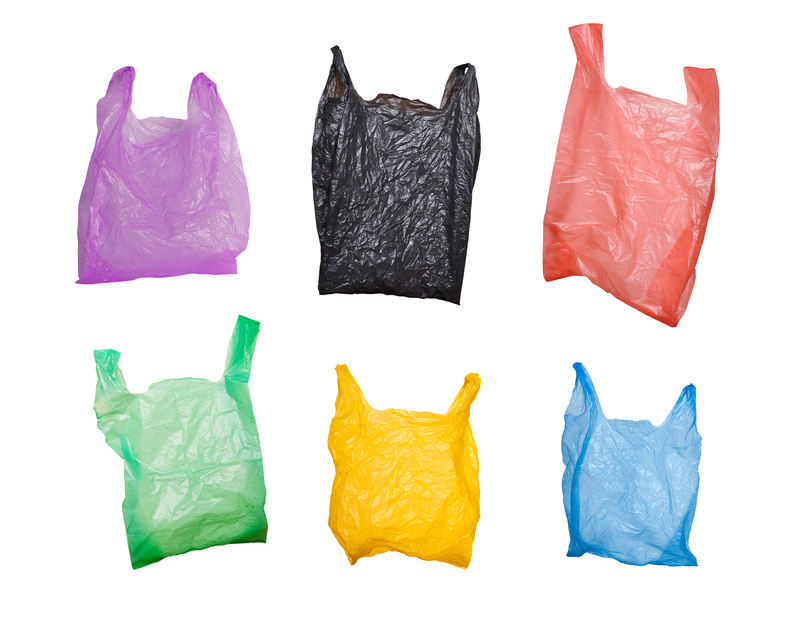Smart Solutions for Disposing Unusable Pots and Pans Responsibly
Are your old pots and pans taking up space in your kitchen cabinets? If you've found yourself wondering what to do with cookware that's no longer functional, you're not alone. Disposing unusable pots and pans responsibly is an important practice for reducing environmental impact and keeping your home organized. In this comprehensive guide, we'll explore smart solutions for getting rid of unusable cookware while being kind to the planet.
Why Responsible Disposal Matters
Many household items, including pots and pans, are often tossed into the regular trash without much thought. However, improper disposal of cookware contributes to landfill waste and environmental pollution. Cookware is typically made from metals like aluminum, stainless steel, or copper, often with plastic, non-stick, or enamel coatings. These materials don't break down easily and can linger in landfills for decades or longer.
A mindful, eco-friendly approach to getting rid of old cookware keeps valuable resources in circulation, ensures any harmful substances are handled correctly, and sometimes even helps others in your community.
Environmental Impact of Old Cookware
- Metals such as aluminum and stainless steel can be recycled multiple times without loss of quality.
- Non-stick coatings and plastics can release toxins if incinerated or left to decompose in landfills.
- Landfill overuse puts pressure on limited space and risks leaching of contaminants.
Choosing a responsible disposal method helps close the loop on household waste and keeps your kitchen green!

Assess: Are Your Pots and Pans Truly Unusable?
Before you decide to dispose of pots and pans, consider upcycling, donating, or repairing them. Many pieces just need a little TLC!
Common Signs That Cookware Should Be Discarded
- Warped or dented beyond use
- Deep scratches or gouges, especially in non-stick pans (can be a health hazard)
- Peeling, flaking nonstick coatings
- Severely discolored or corroded surfaces that affect food safety
- Loose, broken, or missing handles or lids
If you're sure your old pots and pans are no longer usable, read on for smart solutions.
Responsible Ways to Dispose of Old Pots and Pans
1. Recycling Old Cookware
Recycling pots and pans is one of the best ways to ensure the materials are used again rather than wasted. Here's how to approach it:
- Contact your local recycling center. Not all curbside recycling accepts cookware. Call ahead to find out their rules.
- Remove non-metal parts. If your pans have plastic handles or glass lids, take them off and recycle them separately if possible.
- Check for coatings. Some centers won't accept non-stick, painted, or ceramic-coated cookware. Look for metal recycling facilities that can handle these items.
- Scrap metal dealers. Many scrap yards accept stainless steel pots and pans and aluminum cookware, even in poor condition.
**Tip:** You might even get a small payout for scrap metal!
2. Donation and Reuse
If your cookware is gently used (not warped, rusted, or flaking), donate old pots and pans to give them a second life. Many organizations, charities, housing shelters, and thrift stores welcome functional cookware.
- Habitat for Humanity ReStores, Goodwill, and Salvation Army often accept cookware donations.
- Contact local community centers or shelters; they may distribute items directly to those in need.
- Pass them on to friends or family, especially college students or those moving into a new home.
Tip: Thoroughly clean, dry, and inspect items before donating!
3. Creative Upcycling Ideas
Can't recycle or donate? Try upcycling unusable pots and pans into something new and unique!
- Planters: Drill a drainage hole and fill with soil for quirky garden containers.
- Wall art: Paint and hang old frying pans or lids as unique kitchen decor.
- Organizers: Use deep pots as craft supply bins or utensil caddies in your home workspace.
- Bird baths or feeders: Attach lids or shallow pans to a stand outdoors.
- Clocks: With a cheap kit, turn a pan with an interesting base or lid into a wall clock.
Upcycling not only prevents waste, but also sparks creativity!
4. Specialized Disposal Programs
Some brands or retailers offer cookware recycling programs designed for responsible disposal.
- Mail-in recycling programs: Companies like TerraCycle partner with certain cookware brands to accept unwanted cookware by mail, recycling as much as possible.
- Take-back programs: Some kitchenware manufacturers run take-back schemes, sometimes offering a discount towards new cookware in exchange for your old items. Check brands such as Calphalon, T-fal, or local kitchen supply stores.
Always check eligibility and accepted materials before mailing in your old pots and pans.
How to Prepare Cookware for Disposal or Donation
Cleaning and Sorting
- Thoroughly clean all cookware, removing food residue, grease, and soot. Dirty items may not be accepted for donation or recycling.
- Separate materials: Remove any non-metal parts, such as plastic or rubber handles, and dispose of them according to local guidelines.
- Bundle similar items together for easier processing, especially when dealing with recycling centers or scrap yards.
Reminders for Safe Disposal
- Do not include cookware with hazardous coatings or residues in general recycling. Contact hazardous waste facilities if unsure.
- Avoid dumping cookware in curbside bins unless confirmed by your waste management provider.
How to Find Local Pot and Pan Recycling Options
- Call your local recycling office and ask if they accept pots and pans, noting any restrictions related to coatings or handles.
- Search "metal recycling near me" or consult specialist recycling directories such as Earth911.com.
- Check community Facebook groups or neighborhood message boards--sometimes others can take them for craft projects even if they can't be used for cooking.
Alternatives: Repairing Damaged Cookware
In some cases, restoring pots and pans is possible--especially with quality stainless steel or copper pieces.
- Replace loose handles using a compatible screw or handle kit.
- Use cookware repair products for minor enamel chips.
- Remove rust from cast iron with a scrub brush, vinegar soak, and seasoning process.
*Repairing may extend the life of cookware and reduce your need to dispose of items at all.*
What Not to Do: Unsafe Cookware Disposal Methods
- Don't burn or incinerate your old cookware, especially non-stick pans, as this can release toxic chemicals into the environment.
- Don't discard cookware with hazardous residues (such as burnt-on chemicals or solvents) in regular trash or recycling.
- Never dump pots and pans in nature or illegal dumping sites, as they can persist for centuries and harm wildlife.
Frequently Asked Questions: Responsible Cookware Disposal
Can I put old pots and pans in the curbside recycling bin?
Most municipal curbside recycling does not accept cookware since it requires specialized processing. Always confirm with your local recycling guidelines before disposing of cookware this way.
Are non-stick pans recyclable?
Many non-stick pans cannot be processed by standard recycling due to their coatings. Some specialized scrap metal facilities can separate the coating from the metal, but always inquire before dropping them off.
Should I remove handles and lids before recycling cookware?
Yes, removing plastic or rubber handles and separating glass lids from metal pots and pans makes recycling more efficient and is usually required.

Conclusion: Make a Difference with Smart Cookware Disposal
Getting rid of unusable pots and pans doesn't have to be a burden--or an environmental hazard. By exploring smart solutions for disposing unusable pots and pans responsibly, you're making your kitchen greener and supporting a more sustainable world.
- Recycle pots and pans at proper facilities or scrap yards.
- Donate functional cookware to charities or community groups.
- Upcycle creative projects for a second life.
- Check for take-back and brand recycling programs in your area.
With these best practices, you'll ensure that disposing of your old cookware leaves a positive mark on your home and the environment. Choose smart, responsible solutions every time you need to dispose of pots and pans!
Share Your Experience!
Have you found any unique ways to recycle, upcycle, or repurpose your unusable pots and pans? Share your stories in the comments below--let's inspire each other to make smarter choices for our kitchens and the planet!